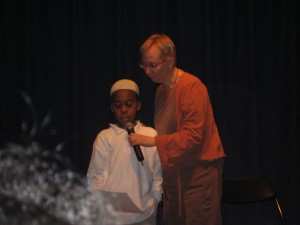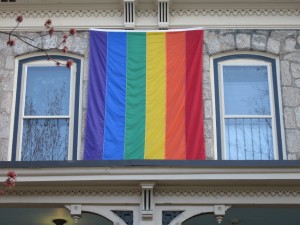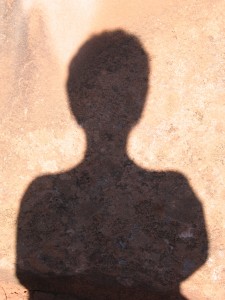
It’s a typical afternoon at Al Aqsa Academy in South Kensington, Philadelphia. Back from recess, 30 third-graders burst into the classroom, carrying stories, alliances, and scuffles that began in the playground. Calmly, their teacher reminds them that it’s time for poetry, and we begin. I tape up a poster of N. Scott Momaday’s The Delight Song of Tsoai-Talee, which uses metaphor to capture the poet’s self-awareness and relationship to the world outside himself.
I am a feather on the bright sky
I am the blue horse that runs in the plain. . .
Its powerful repetitions are very pleasing. Students tap their feet to the rhythm of each line. Thinking of Walt Whitman, as well as my own Hebrew Sabbath prayers, I wonder if the children are reminded of Islamic prayers. Walking around the classroom, I glance at first drafts as students compose. Two wonderful poems stand out, written Zubair and Zayd. These thoughtful twins have written poetry for three years, since I begin lessons in first grade at this large Islamic day school. When asked about the title of his poem, Zubair says that this is the poem of his life. His brother, Zayd, is quite concerned with the environment and what he can do to care for it.Continue Reading



